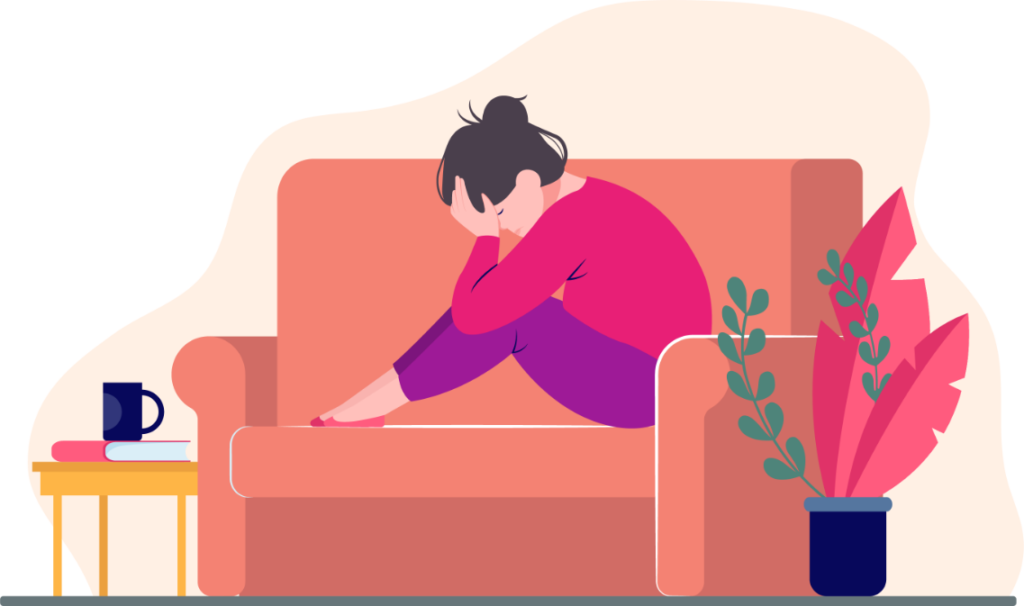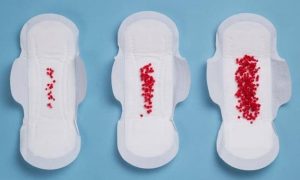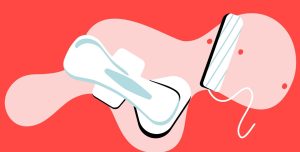Have you ever wondered why your hair is curly or straight?
The shape of your hair strands is largely determined by your hormones. Yes, those pesky chemicals coursing through your body are responsible for how wavy, curly, or straight your hair turns out.
Keep reading to learn the surprising ways your hormones influence whether you have curls or straights and how to make the most of what nature gave you.

The Hormonal Rollercoaster of Hair: Understanding the Complexities
From the moment you’re born, your hormones are hard at work shaping your hair follicles and the strands they produce. As you go through puberty, pregnancy, menopause, and other life stages, your hormones continue to change, often causing your hair texture to transform along with them.
For some, hormones mean an unruly mane of curls during adolescence that straightens out in adulthood. For others, fluctuating hormones can turn straight hair wavy or vice versa. The impact of hormones on your hair is complex and highly personal.
But understanding the relationship can help you make peace with your hair’s natural texture or work with a stylist to find a cut and style that complements the shape of your strands.
The Science Behind Hair Shape: How Hormones Influence Texture
The shape of your hair strands comes down to genetics, but hormones play a surprisingly big role, too.
Estrogen, the primary female sex hormone, encourages hair growth and can make strands appear thicker and fuller. This is why many women experience hair changes at puberty, during pregnancy, and menopause – times when estrogen levels fluctuate. Estrogen may even influence curl patterns, with higher levels linked to looser, wavier curls.
Testosterone, the main male sex hormone, has the opposite effect and can cause hair thinning or loss in some people. This is why male pattern baldness develops, and why hair on the head, face, chest, and other areas becomes more prominent during puberty in males. For those with hair loss, anti-androgen medications that block testosterone may help.
Other hormones like cortisol, the “stress hormone,” and growth hormone also affect hair growth and texture. When cortisol is chronically elevated due to long-term stress or illness, it can cause temporary hair thinning or loss. Growth hormone helps regulate the hair growth cycle, and too much or too little can contribute to hair shape or density changes.
Managing hormone levels through lifestyle, medication, or natural therapies may help regulate your hair texture and growth. But at the end of the day, learning to embrace and work with your natural hair type is key to health, happiness, and confidence. Loving the shape you’re in – curls, waves, or straights – is what matters.
Estrogen, Testosterone, and Other Hormones That Impact Hair Curl
Estrogen is the hormone responsible for feminine traits like breast development, wider hips, and hair curl. As estrogen levels rise during puberty, many straight-haired girls will notice their hair taking on a wavy or curly texture.
Changes in Estrogen
Estrogen levels fluctuate during a woman’s menstrual cycle and life stages like pregnancy or menopause. You may notice your curls loosen up or tighten at different times of the month or life events. Drops in estrogen, like after childbirth or during perimenopause, can cause straight hair to wave or curl as the hair follicles produce a different shape.
Testosterone’s Role
While typically thought of as a male sex hormone, women have testosterone too. Higher testosterone levels, like during pregnancy or as a natural part of aging, can cause straight hair to become wavier by changing the shape of hair follicles. Some women may experience the opposite effect, with curls loosening over time due to decreasing testosterone.
Other hormones like prolactin, growth hormone, and cortisol also impact hair texture, contributing to changes in curl patterns at different life stages or times of stress. The complex interplay of multiple hormones means there are many possible explanations for changes in your hair type over the years. Understanding how your hormones influence your hair can help you find products and styles best suited for your current texture.
Lifestyle Changes to Balance Hormones and Get Your Ideal Hair Shape
To balance your hormones and get your ideal hair shape, make some lifestyle changes.
Reduce stress
Chronic stress can wreak havoc on your hormones and hair health. Try relaxation techniques like yoga, meditation, or deep breathing to lower cortisol levels. Limit caffeine and avoid stressful situations when possible. Sleeping every night is also key to stress management and hormonal balance.
Exercise regularly
Exercise increases blood flow to your hair follicles, brings oxygen to your cells, and helps regulate hormone levels. Aim for 30 to 60 minutes of moderate exercise most days of the week. Walking, biking, and strength training are all great options.
Eat a healthy diet
A balanced diet with lean proteins, healthy fats, and complex carbs will give your body the building blocks it needs to produce hormones and support hair health. Focus on whole foods like fish, nuts, seeds, leafy greens, and brightly colored veggies. Limit sugar, refined carbs, and red meat. Drink plenty of water to keep your body and hair hydrated.
Limit harsh hair products
Shampoos, conditioners, and styling products that contain harsh chemicals can disrupt your hormone balance and hair shape. Switch to mild, natural, and sulfate-free hair products. Limit the use of heat styling tools which can cause damage. Give your hair periodic breaks from any type of styling.
Making lifestyle changes to balance your hormones and improve hair health will take time and consistency. But over weeks and months, you should start to see your hair regain its natural shape and vitality. Sticking with it will give you the shiny, voluminous hair you’ve always wanted—and the balanced body and life that comes with it.
So now you know, your hormones are constantly working behind the scenes to influence how curly or straight your hair turns out. Fluctuations in estrogen, testosterone, and other hormones during puberty, pregnancy, and menopause can lead to changes in your hair texture and curl pattern over time.
The good news is, that by understanding the hormonal forces at play, you can make adjustments to your hair care routine to maximize your hair’s health and natural texture during each stage of life.
Give your hormones and hair what they need, embrace the changes, and love the shape you’re in. Your hair is a natural reflection of your body’s journey, so appreciate each twist and turn.







